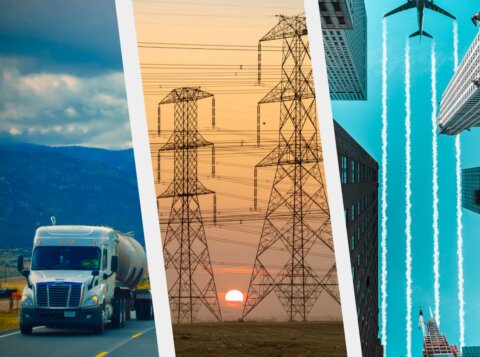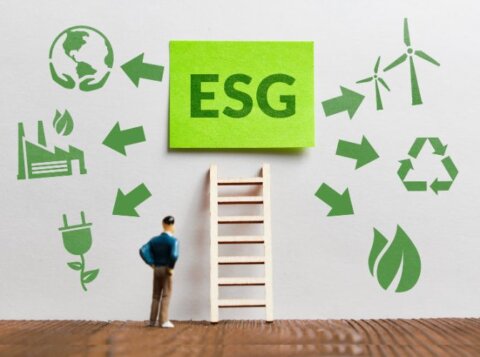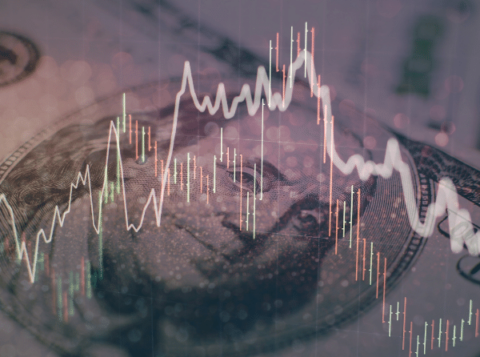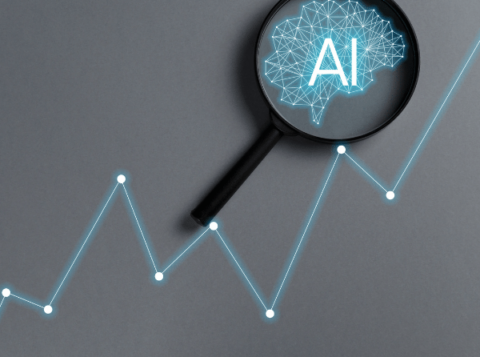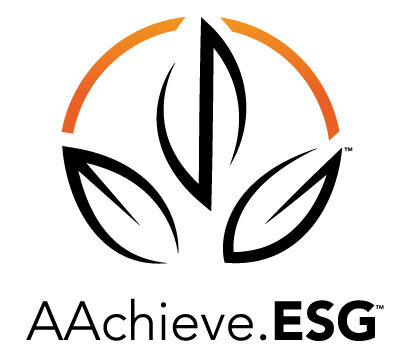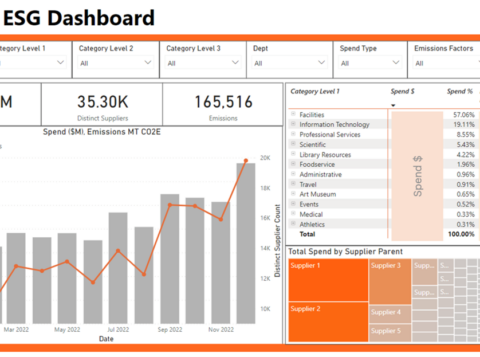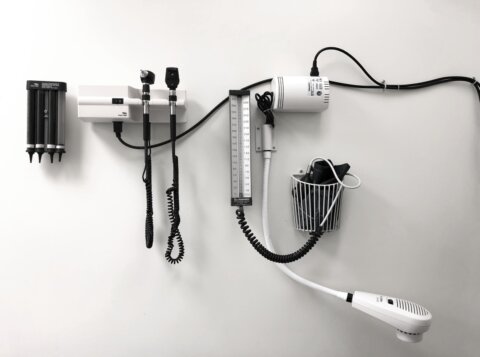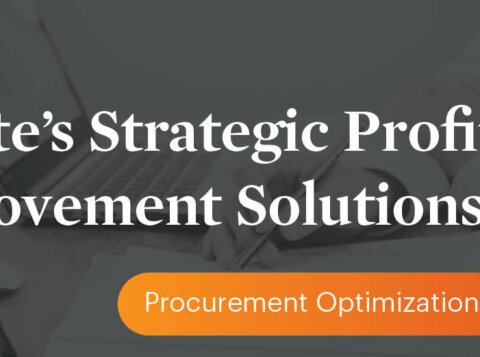Unlocking Sustainability: Navigating the World of Scope 3 Emissions Reporting
This is an AArete Strategy & Change insight
Procurement and Supply Chain operations are at the forefront of driving sustainability in businesses, with Scope 3 emissions taking center stage. Understanding the impact of your supply chain on emissions reporting is now more critical than ever.
In a recent interview with Procurement Magazine, John Marchisin, Managing Director at AArete, shared valuable insights into best practices for Scope 3 emissions reporting. But why is this topic so essential for businesses today?

Scope 3 emissions represent the next phase in environmental reporting, demanding organizations to establish efficient processes for accurately measuring the greenhouse gases emitted by their supply chain partners. This complexity is amplified by regulatory pressures, as authorities like U.S. regulators have issued guidance on Scope 3 emissions reporting for publicly traded companies.
Amazon’s recent announcement further underscores the urgency, as they will require suppliers to share carbon emissions data by 2024. Waiting for federal regulations to finalize is no longer an option.
Most organizations are unprepared for Scope 3 emissions reporting due to the lack of best-practice frameworks, resulting in inefficient manual data-gathering processes and staffing challenges.
So, how can procurement professionals approach Scope 3 emissions reporting effectively?
Two primary methodologies exist. Spend-based and primary data capture. The spend-based approach involves multiplying the cost of goods or services by emission factors, offering quick insights but requiring robust technology. Conversely, the primary data capture method relies on data provided by supply chain partners, providing precision but posing challenges in supplier engagement.
Regardless of the method chosen, automation is key. Automate data gathering, consolidation, and reporting processes to alleviate staffing strain and ensure consistency. Regularly report and analyze data, adding qualitative insights to identify areas for improvement. Start now and devise a plan with targets and responsibilities.
Leveraging technology is essential, as cutting-edge solutions can dramatically accelerate the process and identify cost-saving opportunities. Remember, perfection isn’t necessary; focus on scalability and repeatability.
Finally, think holistically. Embrace sustainability not as an option but as a necessity to remain competitive. By reducing emissions, your organization can build relationships, attract top talent, enhance its brand, and foster community trust.
Click here to read the full interview published in Procurement Magazine, where you’ll gain AArete’s John Marchisin’s expert insights on the pros and cons of the two primary methodologies, as well as considerations worth noting for Scope 3 emissions reporting. Discover how your organization can pave the way to net-zero emissions and sustainable success.
Learn more about AArete’s ESG solutions









